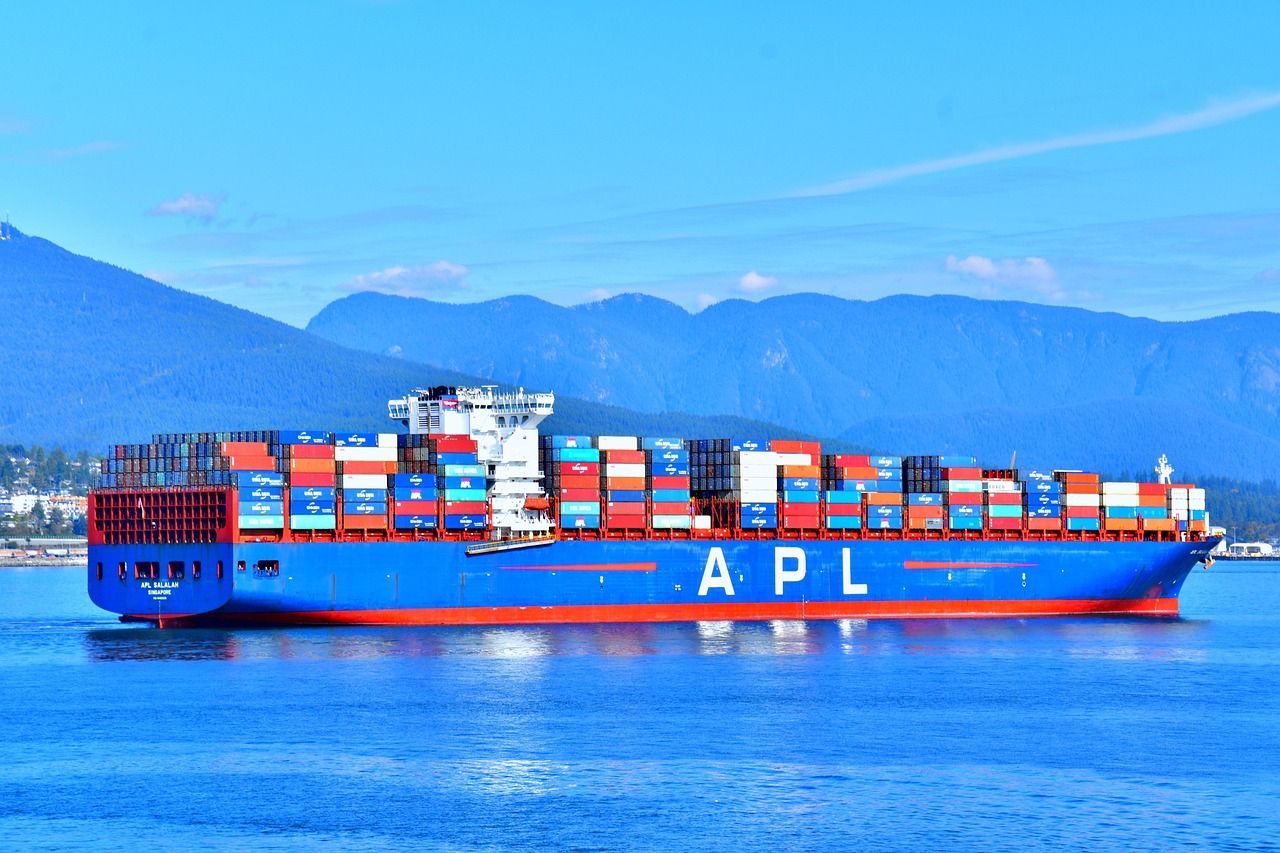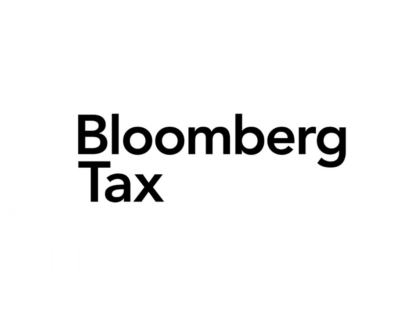Tariffs, Transfer Pricing, and Trade Chaos: This Is Not a Drill
On April 2, 2025, President Donald Trump announced sweeping new tariffs on virtually all US imports—a move that sent shockwaves through global supply chains, tax departments, and corporate boardrooms. Dubbed “Liberation Day,” the plan imposed a universal 10% tariff on all imported goods, with sharply higher country-specific rates—including up to 54% for China, and significant hikes for the EU, Vietnam, Taiwan, Japan, and India.
In just two weeks, that baseline hardened into a full-blown global trade war. As of April 15, the US has raised tariffs on Chinese goods to 145%, prompting Beijing to retaliate with 125% duties and sweeping export controls on key US industries. The European Union, after threatening $23 billion in retaliatory tariffs, has temporarily paused its response pending negotiations, but remains poised to act if talks stall.
New investigations into semiconductor and pharmaceutical imports have further widened the policy lens, introducing potential national security tariffs on industries once considered immune. Sector-specific carveouts, short-term reprieves—such as a 90-day delay on electronics tariffs—and shifting statements from Washington have added further uncertainty for multinationals.
For CFOs and tax leaders, the mandate is urgent: Rethink pricing models, restructure intercompany agreements, and shield the business from double taxation, customs penalties, and audit exposure across borders.
This is no longer a hypothetical scenario. The rules are being rewritten in real time—and companies that fail to adapt risk getting blindsided in the crossfire. While the political and diplomatic fallout continues to evolve, one thing is already clear: The transfer pricing consequences are immediate, global, and inescapable.
This white paper distills what multinationals must know and do—now—to navigate a world where tariff regimes shift weekly and compliance risks no longer wait for precedent.
The Transfer Pricing Fallout: New Pressures, New Priorities
Tariffs function like a tax on imports. When a US company buys goods from a related foreign affiliate, it must pay duties based on the declared customs value of those goods. With rates now reaching as high as 145%, transfer pricing is no longer just a tax issue—it’s a central business risk that directly affects profit margins, cash flow, and (for some) survival.
That risk pivots around a central question: Who should bear the cost—the foreign seller or the US buyer?
In theory, transfer pricing rules require that intercompany transactions mimic what unrelated parties would do at arm’s length. But there’s no rulebook for how to do that when tariffs are sky-high and changing fast. There’s also no clear model to follow, because this situation has no precedent.
Worse, the volatility of tariff implementation makes long-term planning all but impossible: One day, a product is exempt; the next day, it could be hit with a 100% duty.
This is no longer about optimizing tax efficiency. It’s about preserving solvency, defending financial statements, and surviving trade warfare with reputational, operational, and compliance integrity intact. Not a small order.
The Push to Lower Transfer Prices—and the Tax Risk That Follows
With import costs spiking overnight, US affiliates are under intense pressure to reduce transfer prices on inbound goods. A lower declared customs value can dramatically cut tariff exposure—sometimes by more than half.
But that shift comes with serious tax consequences. Lower transfer prices mean less profit for the foreign affiliate—and more taxable income in the US. This runs counter to decades of global tax planning, where profits were routinely shifted to lower-tax jurisdictions.
Now, the incentives have flipped—but the audit risks haven’t gone anywhere.
Foreign tax authorities may challenge the erosion of local profit and demand adjustments. Meanwhile, US authorities may ask: What changed? If the only trigger was a politically driven tariff hike, can that alone justify a pricing shift?
Without supporting evidence—updated contracts, revised functional profiles, or third-party comparables showing similar concessions—aggressive repricing may not survive audit scrutiny, on either side of the border.
And if pricing isn’t adjusted, the company could wind up paying whopping duties on top of its already-taxed profit margins—while also facing foreign tax adjustments on the same income—creating what is effectively triple taxation. The stuff of CFO nightmares.
Methodological Disruptions: Rethinking the Transfer Pricing Toolbox
The escalating tariff regime is doing more than disrupting supply chains—it’s breaking the tools multinational tax teams have relied on for years. Volatile costs, retaliatory duties, and shifting economic substance are exposing the limits of traditional transfer pricing methods.
Here’s how each of the core OECD-sanctioned approaches is being tested—and in some cases, rendered unusable:
- Comparable Uncontrolled Price (CUP): Comparables collapse under tariff distortion. This method depends on reliable third-party benchmarks. But tariffs skew market prices, rendering legacy comparables unreliable. If you can’t adjust for the tariff’s impact, CUPs fall apart.
- Resale Price Method (RPM): Margin destruction at the resale level. Tariffs crush gross margins, pushing tested parties outside the arm’s-length range. Adjusting transfer prices may help—but it can trigger foreign tax challenges. The unenviable truth: what you fix on one side, you may break on the other.
- Cost Plus Method (CPM): Inflate or disconnect—choose carefully. Including tariffs in your cost base artificially overstates results. Excluding them can create functional disconnects. Either way, intercompany agreements must clearly spell out treatment—and justify the markup. If it’s not in writing, it won’t hold in audit.
- Transactional Net Margin Method (TNMM): Still standing, but strained. The TNMM remains the fallback, but its footing is shaky. Margins are skewed by tariffs, and tested parties may appear wildly out of sync. Robust, real-world adjustments and fresh benchmarking may be required to preserve comparability.
- Profit Split: Built for stress, but not a free pass. This method offers flexibility when functions and risks are in flux. But it must reflect who truly absorbs the economic impact of tariffs—not just who holds the contract.
In this environment, method selection can’t be driven by habit or theory. It must be based on real economic substance, supported by clean documentation, and built to withstand dual scrutiny from tax and customs authorities. CUP and RPM may be off the table unless carefully adjusted for trade distortions. TNMM is viable, but only with updated benchmarks and a defensible range.
Cost Plus and Profit Split may offer the most flexibility and resilience, particularly if your value chain is being restructured in response to tariffs.
This is a moment for pragmatism over purity, and judgment over habit. Pick the method a third party would choose under pressure—then document it like your audit depends on it. (Because it probably does.)
Sector Pressures in Focus: Transfer Pricing on the Front Lines
All industries are feeling the squeeze, but five sectors face exceptional pressure due to the targeted nature of the 2025 tariffs and the scale of retaliatory actions.
- Technology & Electronics: IP and inputs under fire.Towering tariffs on Chinese components are putting a spotlight on royalty flows, IP location, and contract-manufacturer markups. Customs scrutiny is intensifying. Companies must reassess pricing logic and reexamine where IP truly resides.
- Automotive & Machinery: A dual-front trade war.This sector is being hit from both sides: US tariffs on EU and Japanese vehicles, and EU retaliation on US exports. And North American supply chains aren’t immune—even under USMCA, OEMs and suppliers now face duties on parts that fail origin tests. That’s disrupting cost-sharing models and inviting fresh scrutiny of pricing structures across the US, Canada, and Mexico. Real-time margin modeling is now essential.
- Pharma & Healthcare: Under the microscope. The administration has launched a national security review of pharmaceutical imports, signaling potential tariffs on APIs and finished drugs from China, India, and the EU. Once-stable supply chains now face sudden cost shocks. Intercompany fee structures and cost-sharing models must be reevaluated fast—particularly in light of BEPS and Pillar Two’s global minimum tax regime.
- Consumer Goods & Retail: Margins collapsing in real time. Products sourced from Vietnam and China are taking the brunt of tariff hikes. Companies must rethink sourcing strategies, restructure as necessary, and prepare for intense customs enforcement, as margins erode fast.
- Energy & Raw Materials: Pricing models under pressure. With whipsaw pricing and tariff-heavy trade flows, traditional index-based pricing may no longer reflect real economic risk. Your spreadsheet might say one thing—but your balance sheet says something else. Tax and trading desks must coordinate as never before to ensure internal pricing reflects reality.
Across all sectors, the imperative is clear: Review sourcing. Rethink pricing logic. Realign internal structures—before tax authorities and customs officers do it for you.
Customs and Transfer Pricing: A Balancing Act
Transfer pricing and customs valuation pull in opposite directions. In stable times, they coexist uneasily. In today’s tariff-driven landscape, they’re on a collision course.
Customs authorities require that import values reflect arm’s-length pricing and may reject “undervalued” related-party transactions. If a US affiliate slashes its transfer price to reduce tariff exposure, US Customs and Border Protection (CBP) may challenge that valuation and impose penalties.
Tax authorities, meanwhile, might question why profits are suddenly being shifted to the US, especially if there’s no operational justification.
This creates a painful paradox: A company could pay tariffs on an inflated import value, and then report a lower value for tax purposes. The result? More tax. More duties. No credit. And post-import pricing adjustments often aren’t accepted for customs purposes—unless the company is enrolled in CBP’s Reconciliation Program, which allows planned, documented revisions. (Keep in mind, though, that the Reconciliation Program is not a panacea—or a get-out-of-jail free card.)
Bottom line: tax and trade teams can’t work in silos anymore. The risk is too great—and the regulators are watching both sides of the house.
Documentation and Defensibility: Your Audit Shield
Every pricing decision you make today will be judged years from now—by auditors, regulators, or tax courts. In this climate, documentation isn’t a formality. It’s your first and best line of defense.
To hold up under scrutiny:
- Update intercompany agreementsto reflect how tariff costs are being allocated
- If contracts are silent, use functional analysis to allocate tariff costs—and back it with real substance
- Support pricing changeswith clear economic rationale and arm’s-length benchmarks
- Build and retain sensitivity models showing how tariffs impact profitability across jurisdictions
- Align documentation across tax and customs filingsto prevent mismatches and red flags
- Maintain contemporaneous memos and modeling, not just final outcomes
- Anticipate future challenges with benchmarking—2025 data may be too distorted by tariffs to serve as reliable comparables
In this treacherous new environment, the goal isn’t perfection—it’s credibility. If your files show clear reasoning, risk-sharing, and real-world, operational substance, you’re already ahead.
Five Steps to Prepare and Protect
To survive the current volatility—and remain audit-ready—be sure to:
- Review all your TP policies. Identify transactions exposed to tariffs. Reallocate costs using defensible, documented methods.
- Revisit your intercompany agreements (ICAs). Align legal language with operational reality. Enroll in the US Customs and Border Protection’s (CBP) Reconciliation Program. Monitor customs values to avoid mismatches with tax filings.
- Evaluate your supply chain. Map exposure. Model nearshoring, dual-sourcing, or exit strategies. Factor in IP migration costs and local tax implications.
- Fortify benchmarking and modeling. Refresh comparables. Stress-test profit splits, royalty rates, and cost-sharing models under tariff pressure. Keep contemporaneous files to support your logic.
- Engage early with authorities. Where risk is high, preempt disputes: Initiate bilateral conversations or pre-filing meetings. Show regulators you’re planning, not reacting.
Conclusion: How Not to Get Caught in the Trade-Tax Crossfire
Today’s tariffs aren’t just a political weapon or an economic cudgel. They’re a tax event, a valuation crisis, and a transfer pricing nightmare all rolled into one.
There’s no going back to the status quo. What made sense before no longer does. Every element of your global pricing and compliance strategy must now be re-evaluated through the lens of tariffs, trade tensions, and cross-border regulatory risk.
In this new era, the companies that endure will be those that move quickly to stabilize their pricing models, engage with regulators, and document relentlessly—and defensibly.
As this 2025 trade war reshapes global commerce, coordination across tax, customs, and supply chain functions is existential. And this isn’t just a US story: Other regions, including the EU, are increasingly wielding trade policy as economic leverage. The rules are shifting globally—and so must your response. Agility, innovation, and cross-border collaboration are the new differentiators.
This is no time to improvise. It’s a defining inflection point for global tax strategy. Multinationals that align their legal, tax, finance, and logistics teams—and act with clarity—will be best positioned to protect margins, minimize risk, and stay globally competitive in a fractured trade environment.
Trade wars may be fought in headlines—but they’re won or lost in the footnotes.










